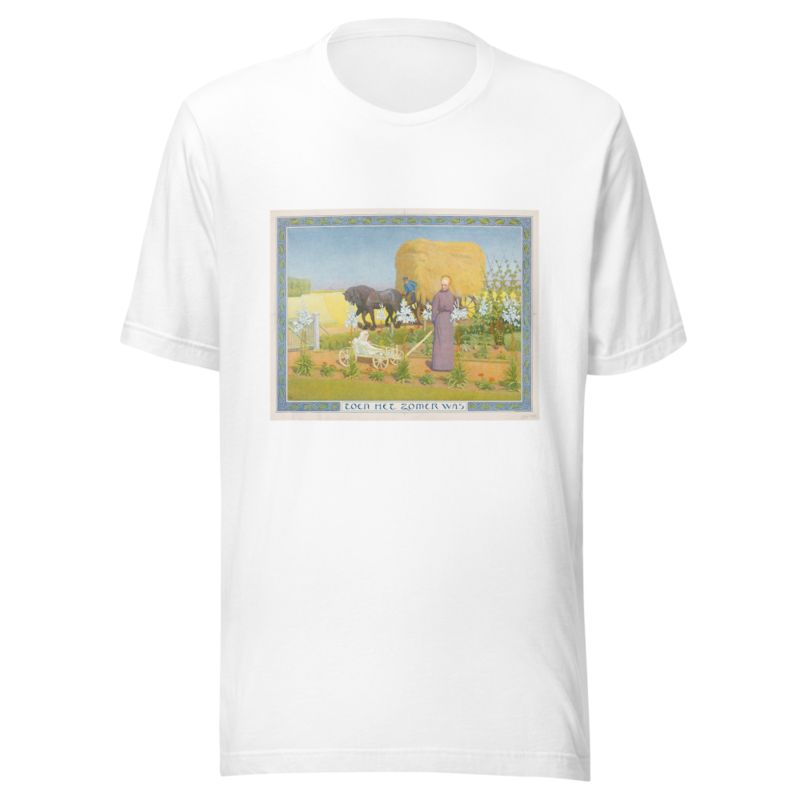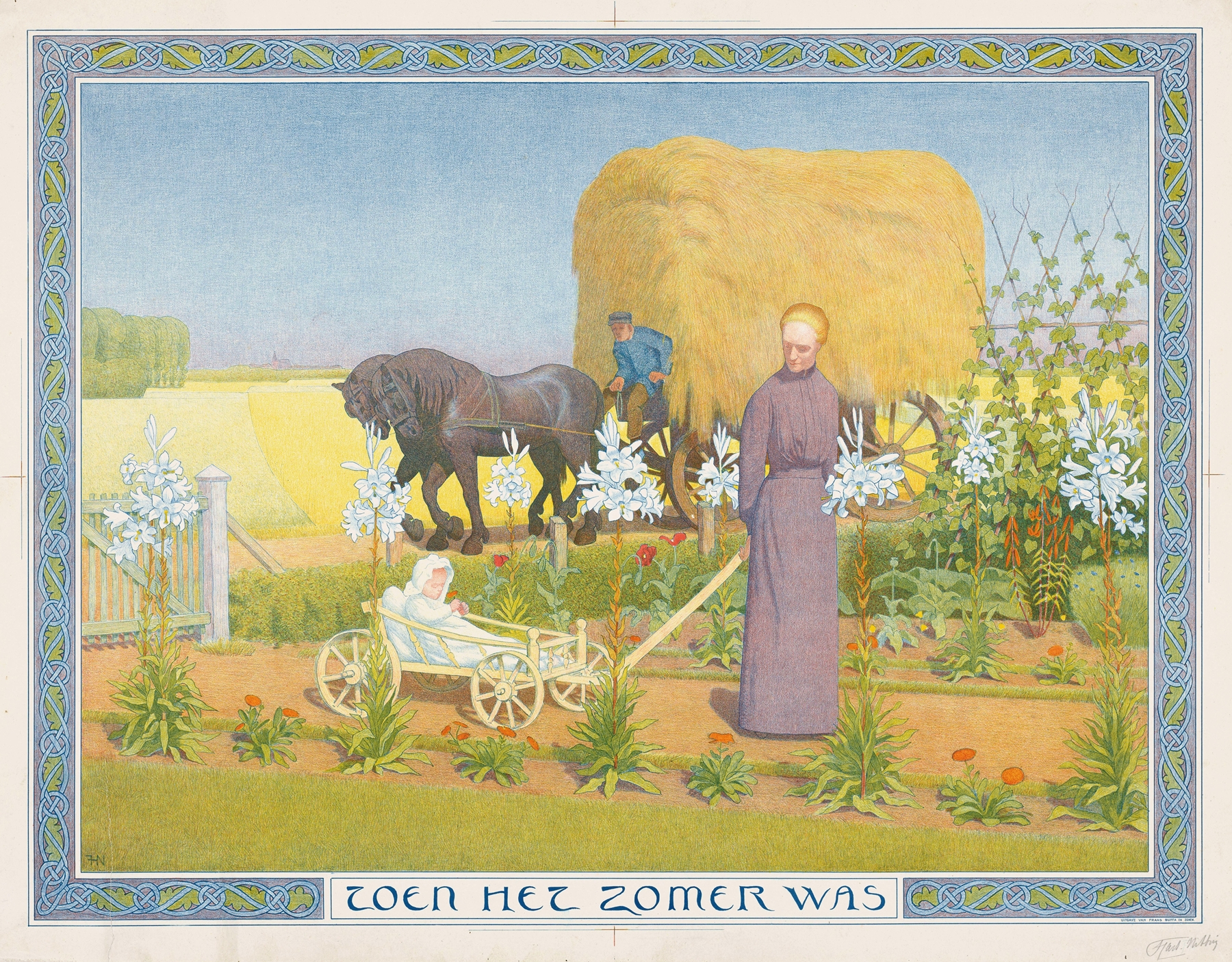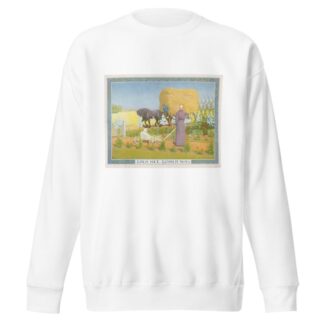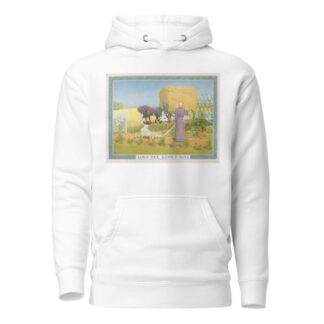Description
Vrouw met kind in kar by Ferdinand Hart Nibbrig printed on a T-Shirt
About the T-Shirt
Regular fit
Standard length, the fabric easily gives into movement
Casual wear
A classic, everyday option loved by our customers
Side-seamed
Constructed by sewing two parts together, creating a fitted look
The Unisex Staple T-Shirt feels soft and light with just the right amount of stretch. It’s comfortable and flattering for all. We can’t compliment this shirt enough–it’s one of our crowd favorites, and it’s sure to be your next favorite too!
- Solid colors are 100% Airlume combed and ring-spun cotton
- Ash color is 99% combed and ring-spun cotton, 1% polyester
- Heather colors are 52% combed and ring-spun cotton, 48% polyester
- Athletic and Black Heather are 90% combed and ring-spun cotton, 10% polyester
- Heather Prism colors are 99% combed and ring-spun cotton, 1% polyester
- Fabric weight: 4.2 oz./yd.² (142 g/m²)
- Pre-shrunk fabric
- 30 singles
- Side-seamed construction
- Tear-away label
- Shoulder-to-shoulder taping
- Blank product sourced from Nicaragua, Mexico, Honduras, or the US
Ferdinand Hart Nibbrig (1866–1915)
Ferdinand Hart Nibbrig, was a Dutch painter and Theosophist. He was one of the first artists who introduced luminism to the Netherlands. Hart was his mother’s maiden name. He adopted it in 1884 when all of her brothers had died without issue.
He was born to a family of merchants. His grandfather, who had several well-known artists as friends, noticed Ferdinand’s talent for drawing and advised his father to have him given lessons by Johan Adolph Rust (1828-1915), a noted marine painter who taught at the local technical school. His formal artistic training began at the Quellinusschool from 1881 to 1883, followed by five years at the Rijksakademie. This was followed by a year in Paris at the Académie Julian and the Atelier Cormon.
Initially, he painted in the style of Amsterdam Impressionism but, while in Paris, came under the influence of Vincent van Gogh and Georges Seurat and adopted Pointillism. His first studio, in Amsterdam, had originally belonged to Jozef Israëls. Later, he lived in Laren, but worked throughout the Netherlands, especially in Vlieland and Zoutelande. He also travelled to Germany and Algeria, which proved to be a disappointment because it was too hot to work and he could not find any models.
In 1895, he married Johanna Bartruida Moltzer (1869-1957), who he met while doing portraits of her family. After 1906, he began to feel that Laren was losing its character and moved to Rhenen. During this time, he reverted to older styles of painting. He returned to Laren a year later, however and, in 1910, built a house, designed by Georg Sturm [nl]. He also took numerous students; most notably Jacoba van Heemskerck.
In 1908, his wife left the Dutch Reformed Church to become a Theosophist. Ferdinand followed suit, joining the lodge in Het Gooi and hosting meetings in their home. After his death, Johanna moved to Dornach, Switzerland, where Rudolf Steiner had established a private institute.
A permanent exhibition of his paintings, drawings and lithographs was established at the Singer Museum in 1981. A street is named after him in the Overtoomse Veld neighborhood of Amsterdam; an area which features streets named after 19th- and 20th-century Dutch painters.






Reviews
There are no reviews yet.